Motorcycles are fun, and have become a bit of an American icon representing free spirits, independence and a fun personality. Who hasn’t, at one time, wanted one, or at least to try riding one?
Well, like with any vehicle, you’re going to have to be trained to ride it, and you’re going to need insurance, as with anything on the road. Insurance is a pain, of course. It’s one of those things you shell out hundreds of dollars a year for, and hope to powers above that you never wind up needing once you have it.
It’s necessary. When you’re on the road traveling at speeds of over sixty miles per hour, accidents can and will eventually happen. Humans make mistakes, and some are, to put it frankly, idiots who just drive or ride carelessly. Insurance protects you from said idiots.
Insurance is a necessary evil, so it’s not free. Before investing in your motorcycle, you should do your due diligence regarding what upkeep of your bike is going to cost you. This includes maintenance, plates, tags, your license and, most importantly of all, said insurance.
So, how expensive is motorcycle insurance? There’s no clear-cut answer to that, because different companies will vary, and more importantly, factors about yourself will directly, linearly impact price in every situation.
Let’s take some time to talk about these. If you see yourself described in any of these with prices you find painful, it may not be time for a motorcycle yet, or some other luxury may have to be given up.
What’s the Difference?
You’re thinking, you have a car, you know what car insurance rates are like, is there honestly a difference between cars and bikes in this regard? And if so, why?
To answer your first question, yes, there’s a significant difference in all regards between cars and bikes, from obtaining the license, to maintaining it, all the way up to insurance. It’s a horse of a very different color.
As for why? Well, all vehicles are inherently, mostly equally dangerous. How they’re dangerous is a big one. Vehicles can be dangerous to their passengers, of course, and often are. Their bigger danger is inflicting that damage on another unsuspecting driver, pedestrian, or other thing they may collide with.
A motorcycle is more dangerous to its rider(s). Hitting anything stationary like walls, polls, buildings or trees in a car is something you stand a decent chance of surviving, as the giant metal box around you absorbs the shock. Doing so on a motorcycle isn’t so pretty.
You could also fall off one of them doing 60, or be hit by one of the idiots we mentioned earlier whom drive negligently. When a four wheel vehicle hits a motorcycle, it usually does damage the car, though often fairly superficially. The motorcycle and its rider(s) enjoy no such luck. Riding a motorcycle requires far more vigilant operation due to this risk, the dangers of larger vehicles, and a plague of drivers who don’t check for motorcycles.
Check for motorcycles, America.
Insurance Pricing
Like we said, due to a lot of variables, there’s no way to predict with one hundred percent certainty what your price would be, even with a lot of criteria, as these prices tend to be calculated at the time by an agent, due to the impact of variables changing from time to time.
Thus, the pricing below is an average, or generality. They’re good enough to ballpark whether or not you have the budget to ride a motorcycle legally.
Cruiser or Touring Motorcycle
- 25-60 yo, Good Driving Record, Liability Only – This going to be the least expensive scenario, as liability is the minimal legal coverage possible, just as with home or car insurance. It’s not hard to qualify for this insurance if you have a clean or at least good driving record. It may be possible to get it cheaper through your car insurance provider, if you’re in good standing with them as a customer. Est. Price: $100-$500/year
- 25-60 yo, Good Driving Record, Full Coverage – Chances are, you’ll want to protect what you love, and that means additional coverage for repairs, replacements, theft and other such concerns, not just covering you legally in an accident. This makes the price go up a good bit, but for this particular customer bracket, less than you might expect. This too may be cheaper through your existing auto insurance provider. You may also cheapen it further via installing approved anti-theft devices, purchasing approved safety gear, and so on. Est. Price: $400-$800/year
- 25-60 yo, Bad Driving Record, Full Coverage – A bad record can really haunt you with insurance. Not only can it be hard to get liability (due to having a record of being one), but the price of the full coverage will be considerably higher. We can’t really even give you a reliable estimate here, because it all depends on which provider you approach, what kind of bad driving record it is that you have, and what kind of mood the agent is in when they quote the price. Suffice it to say, it will be very expensive, possibly unmanageably so, and there aren’t really any lifehacks to make it cheaper. Et. Price: Impossible to guess, but tremendously high!
Crotch Rocket Sports Motorcycle
- 16-24 yo, Good Driving Record, Full Coverage – A 16-year-old probably shouldn’t be on a motorcycle, especially not a crotch rocket of all things. At that age, if motorcycles are something they want to pursue as a hobby or way of life, they should be learning fundamentals on dirt bikes. However, in some states, it is legal under guardianship, and at 18, anyone can legally drive anything if they earn the license to do so. Inexperience (which for motorcycles often takes liability only off the table) raises prices quite a bit, and full coverage is itself quite expensive. Parents might be able to get prices lower if policies give them some of the responsibility, thus lowering the premiums a little, but really, this is just going to be expensive, no matter how you slice it. Est. Price: $900-$1200/year
Are you a long-time rider just seeing if you can find a better price for your motorcycle insurance? Are you someone who’s planning to get into biking? Did these prices make you rethink how interested you were? I’m curious to know, so subscribe to me on YouTube, and let me know somewhere in the comments if these prices are obscene, about what you expected, or quite a bit lower than you feared. Then stick around, if you still want to ride, I’ve got some great content to get you started with one of America’s great hobbies!
You Might also like
-
21 Summer Motorcycle Rallies for Summer 2018
What’s better than the open road and a summer breeze on your face? At RumbleOn, we believe that it can only be beat by joining thousands of others who live and breathe for the same experience. This summer, don’t miss your chance to join a community of riders from across the nation by checking out this list of 25 events in 2018. Make lifelong connections, show off your ride, or even buy or sell a bike of your own!
Looking for more ways to adventure? We’ve also compiled the Best Biker Bars and Food Spots, Best Sights to See, and Best Roads to Ride for you.
July Events
Monday, July 9, 2018 – Thursday, July 12, 2018
Bowling Green, KY
32nd Annual Women on Wheels International Ride-In™
Tuesday, July 10, 2018 – Thursday, July 12, 2018
Johnson City, TN
Hell’s Canyon Motorcycle Rally
Thursday, July 12, 2018 – Monday, July 16, 2018
Baker City, OR
Monday, July 16, 2018 – Friday, July 20, 2018
Provo, UT
2018 Cascade Country Rendezvous and GS Rally by BestRest
Thursday, July 19, 2018 – Sunday, July 22, 2018
Republic, WA
ABATE of Indiana’s 38th Annual Boogie 2018
Thursday, July 19, 2018 – Sunday, July 22, 2018
Springville, IN
Thursday, July 19, 2018 – Sunday, July 22, 2018
Muskegon, MI
North Dakota Ladies Run – 31st Annual
Friday, July 20, 2018 – Sunday, July 22, 2018
Dickinson, ND
South East Raider Rally – 10th Annual
Sunday, July 22, 2018 – Sunday, July 29, 2018
Maggie Valley, NC
CMA Florida Summer Springs Fling
Friday, July 27, 2018 – Sunday, July 29, 2018
Ft. McCoy, FL
GWRRA Montana District Convention 2018
Thursday, July 26, 2018 – Saturday, July 28, 2018
Missoula, MT
Friday, July 27, 2018 – Sunday, July 29, 2018
Las Vegas, NM
August Events
Thursday, August 2, 2018 – Sunday, August 5, 2018
Black River Falls, WI
Friday, August 3, 2018 – Sunday, August 12, 2018
Sturgis, SD
Apple’s 15th Annual East Coast Motorcycle Rally
Wednesday, August 8, 2018 – Sunday, August 12, 2018
Little Orleans, MD
GWRRA Kentucky Blast District Convention 2018
Thursday, August 16, 2018 – Saturday, August 18, 2018
Cave City, KY
12th Annual Surfside Beach Bash
Friday, August 17, 2018 – Sunday, August 19, 2018
Oyster Creek, TX
Winding Road Ranch Biker Party 2018
Friday, August 24, 2018 – Sunday, August 26, 2018
Rush Springs, OK
Pennsylvania Rally on the River – Summer
Thursday, August 23, 2018 – Sunday, August 26, 2018
Northumberland, PA
September Events
Thunder in the Rockies Motorcycle Rally 2018
Friday, August 31, 2018 – Monday, September 3, 2018
Loveland, CO
Friday, August 31, 2018 – Monday, September 3, 2018
Pioneer, OH
-
How To Install A Voodoo Slip-On Exhaust
There are multiple reasons that people want to replace the stock mufflers that came installed on their motorcycles and replace them with aftermarket exhausts. Whether your muffler has become worn or you simply want to upgrade to a better-performing exhaust, replacing it is something that is commonly done by motorcycle owners everywhere. Here is how you can install the Voodoo Slip-On Exhaust.
1. Read the instructions until you understand them
Before you get started, make sure that you read the instructions and that you understand them. You shouldn’t dive in until you are certain that you understand what you are doing. Then, gather together the tools that you will need to install your new exhaust.
2. Loosen the joint where it connects
The way in which your muffler is connected will depend on the motorcycle that you own. You may be looking for a gasketed flange joint or a band clamp. When you find the joint, loosen it so that you can get ready to remove your old muffler.
3. Loosen the bracket for the muffler
After you have loosened the connection joint, you will next need to loosen the brackets for your muffler. You will need to make certain that you provide support to the muffler while you are loosening its bracket. If you don’t, the muffler may strike other parts on your motorcycle and cause some damage.
4. Take the old muffler off of your motorcycle
While mufflers for motorcycles are called slip-ons, removing your old muffler may still require you to use some force to dislodge it from your bike. After you have taken the old muffler off, store it somewhere safe.
5. Take your new muffler and slide it over your header pipe
You will be doing the same steps that you just completed when you install your new muffler, but you will be doing them in reverse. If you find that you are having trouble, stop and think about what you are doing.
6. Securing your new muffler
You will secure your new Voodoo exhaust by attaching it with band-style clamps or with brackets. If you have band-style clamps, they will work by tightening around your muffler to hold it in place. Brackets attach to both your motorcycle and your muffler. Make certain that you familiarize yourself with the instructions before trying to secure your muffler. If you have brackets, try tightening them with your fingers first so that you are less likely to damage the parts. After everything is in its proper place, reattach the gasket clamps, flanges or springs that you need to attach the muffler to your head pipe. Make sure that you do not use too much torque.
7. Wipe your new exhaust down
Before you hop on your motorcycle, make sure that you wipe your new muffler down to remove the oils that you left behind during the installation. If you don’t, it may be stained when it runs with the oils on the surface.
8. Look for leaks
Turn on your motorcycle and let it run while you look at it for leaks. You should check the top of the headers and the base of your slip-on exhaust.
Legal issues
Make sure that you understand what the law in your area requires for modifications to your motorcycle’s exhaust. Some modifications are only allowed off of the highways in some states.
Installing your new Voodoo Slip-On Exhaust is a relatively straightforward process. If you make certain to read the manuals and that you understand the laws in your area, you can soon have a great-looking and sounding muffler on your bike. -
Maximizing Performance: Upgrades for Your Sportbike
Riding a sportbike is a thrilling experience, but even the most advanced models can benefit from performance upgrades. Whether you’re a competitive racer or simply enjoy the thrill of high-speed riding, there are several modifications you can make to enhance the performance of your sportbike.
No products found.
Upgrade Your Exhaust System: Unlock Hidden Power with an Exhaust System Upgrade
An exhaust system is an essential component of any engine, as it controls the flow of gases generated during combustion. The stock exhaust system on most sportbikes is designed to meet noise and emissions regulations, which can limit the performance of the engine.
However, aftermarket exhaust systems can offer improved airflow, allowing the engine to breathe more easily and increasing horsepower. An aftermarket exhaust system can be made from materials that are lighter and stronger than the stock system, reducing weight and improving performance. Additionally, aftermarket exhaust systems often feature larger-diameter pipes, which allow for greater airflow and improved power output.
If you’re looking for the greatest gains in performance, consider a full exhaust system replacement, including headers and muffler. The headers are the tubes that carry the exhaust gases from the engine to the muffler, and an aftermarket set can be designed with a larger diameter and improved shape to reduce backpressure and increase horsepower. The muffler is responsible for controlling noise levels, and an aftermarket muffler can offer improved sound and performance while still meeting noise regulations.
Upgrading your sportbike’s exhaust system can unlock hidden power and enhance its performance. While the stock exhaust system may meet noise and emissions regulations, it can limit the engine’s ability to breathe and generate power. An aftermarket exhaust system, including headers and muffler, can improve airflow and increase horsepower, allowing you to get the most out of your sportbike.
No products found.
Enhance Your Air Intake: Breath Easy with an Air Intake Upgrade
The air intake system is responsible for delivering air to the engine, and it can play a crucial role in determining the performance of the engine. The stock air intake system on most sportbikes is designed to meet emissions regulations, which can restrict the airflow to the engine and reduce performance.
Upgrading to a high-flow air filter or a cold air intake can increase the amount of air entering the engine, providing a noticeable improvement in horsepower. High-flow air filters allow for a greater volume of air to enter the engine, providing a more oxygen-rich mixture that can improve combustion and increase horsepower. Cold air intakes work by relocating the air filter to a location outside the engine bay, where it can draw in cooler, denser air. This increased airflow can provide a noticeable improvement in horsepower.
Enhancing your air intake system can provide a noticeable improvement in horsepower and performance. The stock air intake system on most sportbikes is designed to meet emissions regulations, which can restrict airflow to the engine and reduce performance. Upgrading to a high-flow air filter or a cold air intake can increase the amount of air entering the engine, providing a more oxygen-rich mixture and a noticeable improvement in horsepower.
Fine-Tune Your Engine Management System: Re-Map Your Engine or Install a Power Commander
The engine management system is responsible for controlling the fuel and air mixture delivered to the engine, and it plays a critical role in determining the performance of the engine. The stock engine management system on most sportbikes is designed to meet emissions regulations, which can be restrictive and limit performance.
Installing a Power Commander or having the engine management system re-mapped can improve throttle response and power delivery, allowing the engine to operate more efficiently. A Power Commander is an aftermarket device that allows you to fine-tune the engine management system by adjusting the fuel and air mixture delivered to the engine. This can provide improved throttle response and increased power output, allowing you to get the most out of your sportbike.
Re-mapping the engine management system involves modifying the software that controls the fuel and air mixture delivered to the engine. This can provide improved throttle response and increased power output, allowing the engine to operate more efficiently.
Fine-tuning your engine management system can provide noticeable improvements in throttle response and power delivery. The stock engine management system on most sportbikes is designed to meet emissions regulations, which can be restrictive and limit performance. Installing a Power Commander or having the engine management system re-mapped can provide improved throttle response and increased power output, allowing you to get the most out of your sportbike.
No products found.
Get the Ultimate Ride with a Suspension Upgrade: Suspension Upgrade
The suspension on a sportbike is one of the most important components in determining handling and stability. The stock suspension components on most sportbikes are designed to provide a balance between comfort and performance, but they may not meet the demands of all riders.
Upgrading to aftermarket suspension components, such as forks, shocks, and springs, can offer improved handling and a more comfortable ride. Suspension upgrades can also allow riders to fine-tune the suspension settings to suit their individual riding style and track conditions. High-performance suspension components can offer improved responsiveness and stability, allowing you to get the most out of your sportbike.
Forks and shocks are two of the most important suspension components, and upgrading them can offer a noticeable improvement in handling and stability. Upgraded forks can provide improved responsiveness, allowing you to negotiate turns with greater ease. Upgraded shocks can provide improved damping, allowing the rear tire to remain in contact with the road, even under hard acceleration or braking.
A suspension upgrade can provide a noticeable improvement in handling and stability, as well as a more comfortable ride. The stock suspension components on most sportbikes are designed to provide a balance between comfort and performance, but they may not meet the demands of all riders. Upgrading to aftermarket suspension components, such as forks, shocks, and springs, can allow riders to fine-tune the suspension settings to suit their individual riding style and track conditions.
No products found.
Stop on a Dime with a Brake Upgrade: Brake Upgrade
Braking performance is critical for riders who like to push the limits of their sportbike’s performance. The stock brake components on most sportbikes are designed to provide a balance between performance and affordability, but they may not meet the demands of all riders.
Upgrading to high-performance brake pads and larger rotors can provide a noticeable improvement in braking performance, helping riders feel more confident on the track or road. High-performance brake pads can offer improved bite and modulation, allowing you to stop quickly and smoothly. Larger rotors can provide improved heat dissipation and stopping power, allowing you to slow down faster and with greater confidence.
Upgrading your brake components can provide a noticeable improvement in braking performance, helping riders feel more confident on the track or road. The stock brake components on most sportbikes are designed to provide a balance between performance and affordability, but they may not meet the demands of all riders. Upgrading to high-performance brake pads and larger rotors can provide improved bite and modulation, as well as increased stopping power, allowing you to stop quickly and confidently.
Conclusion
In conclusion, upgrading your sportbike can significantly enhance its performance and make it even more enjoyable to ride. These modifications can improve power delivery, handling, braking, and overall ride quality. However, it’s important to choose upgrades that are compatible with your bike and to have them installed by a professional to ensure optimal performance and safety. Whether you’re looking for a competitive edge or simply want to improve your riding experience, there are many options available for maximizing the performance of your sportbike.

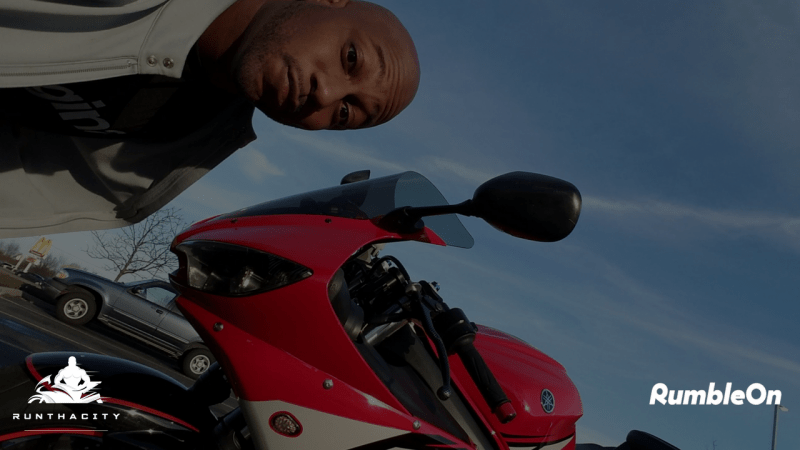
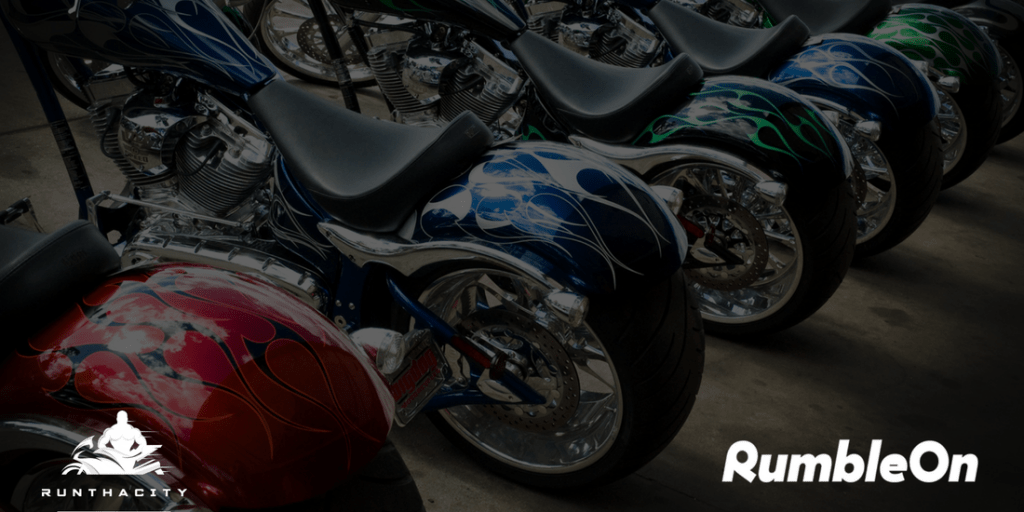


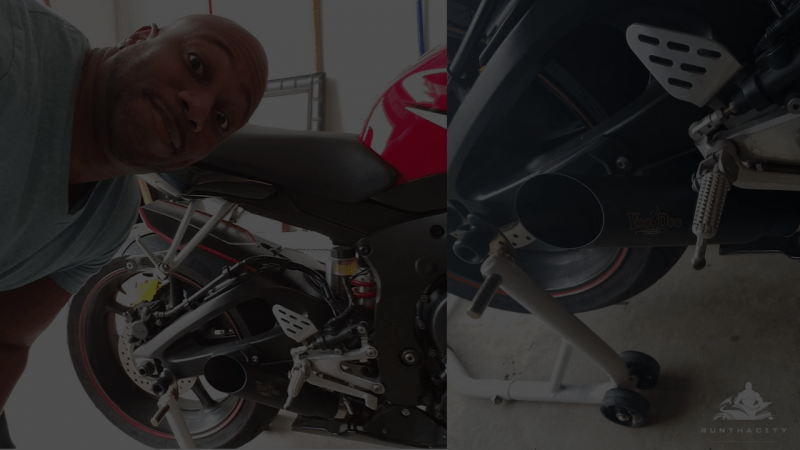

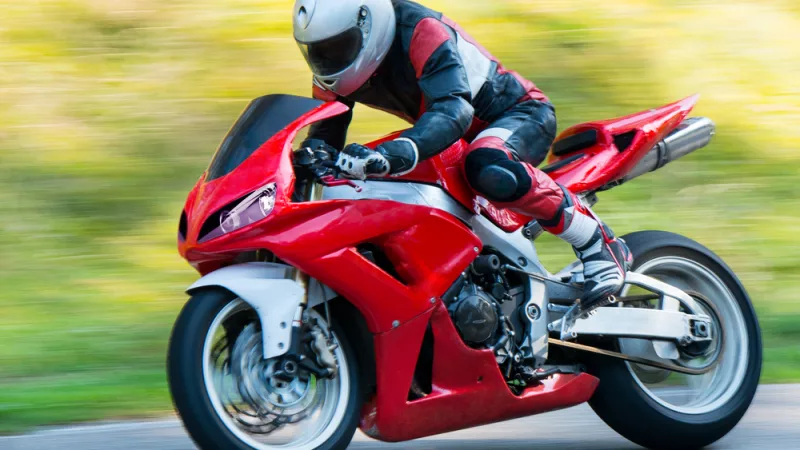
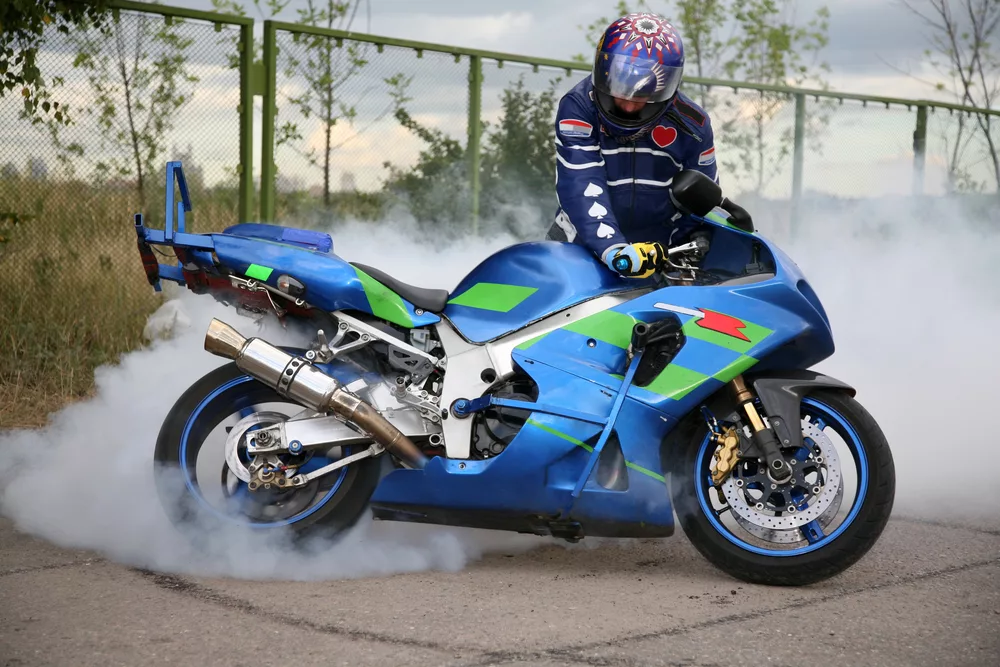
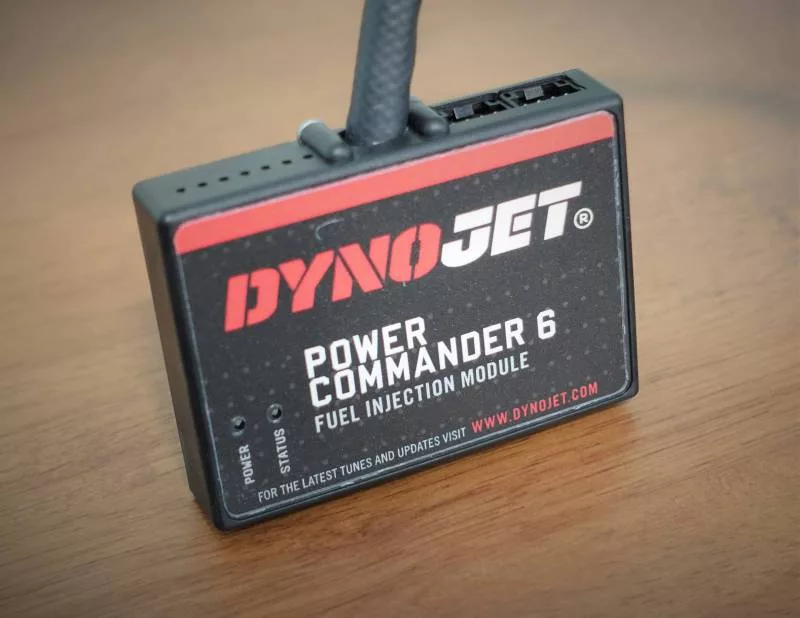
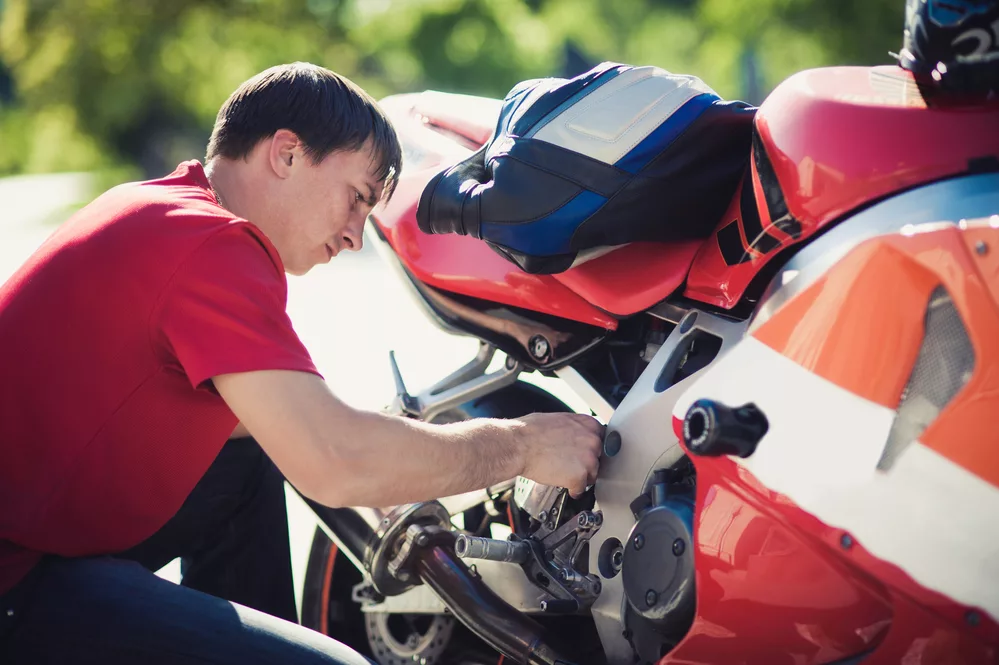





2 comments on What Is the Average Cost of Motorcycle Insurance?